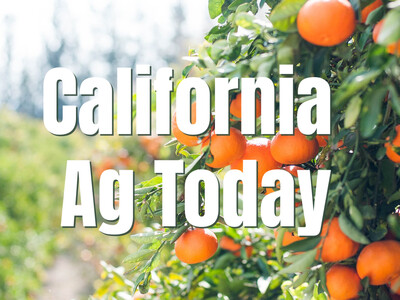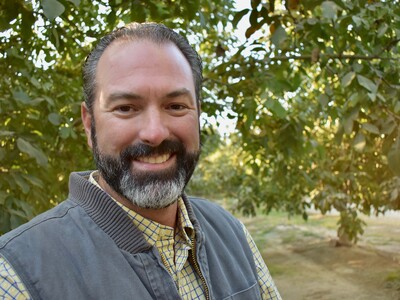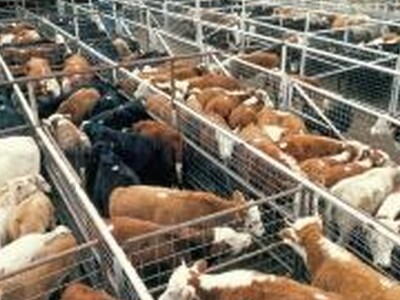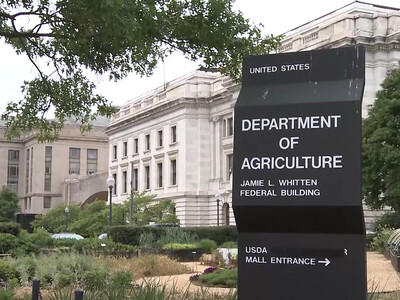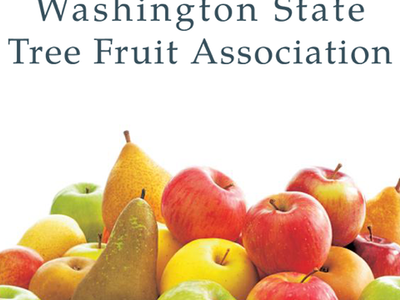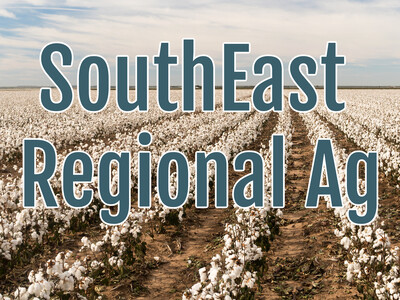Sizzling Ag Exports & Spartina Treatment Season
Sizzling Ag Exports & Spartina Treatment Season plus Food Forethought. I’m Greg Martin with today’s Northwest Report.
It appears that ag exports are really ramping up and one expert says it's not just the higher prices driving U.S. export sales figures through the roof up some 27%. USDA Trade Analyst, Nora Brooks.
BROOKS: We also have a lot of early season sales particularly wheat, soybeans and cotton. We had cotton values shoot up 169% over the first 6 months and shipments are up 69%. Wheat values are up more than 100% while shipments are up 44%. Corn values are up 36%.
The 2011 spartina treatment season will start June 1 and continue through October, the Washington State Department of Agriculture. Survey and eradication efforts this year will take place in Grays Harbor, Willapa Bay, Hood Canal, Puget Sound, the north and west sides of the Olympic Peninsula and the mouth of the Columbia River. Spartina, commonly known as cordgrass, is an aggressive noxious weed that severely disrupts the ecosystems of native saltwater estuaries in Washington overrunning native vegetation and converting ecologically productive mudflats into solid meadows, destroying important migratory shorebird and waterfowl habitat, increasing the threat of flooding and impacting the state’s shellfish industry.
Now with today’s Food Forethought, here’s Lacy Gray.
The three little pigs are well know for their housing preferences, one prefers a house made of brick, one a house of sticks, and one a house made from mushrooms. Wait, that’s not right, or is it. To bring this old fairy tale up to date and in keeping with the green movement of two thousand eleven a house made from mushroom fiber is definitely what the smartest little pig would choose. Any smart homeowner wants their abode to be warm in the winter and cool in the summer, without an exorborent heating and cooling bill. That’s where Greensulate, a strong, low cost biomaterial made from mushroom fibers, rice hulls, and recycled paper comes in. Just how does this magic come about? First off, it’s the very tough and resilient mushroom roots, not the fleshy part we eat, that are used in the creation process, which basically has the fungus metabolizing natural waste like rice hulls, wood shavings, and cotton burrs to produce the final product. After a drying period the building material is done. And don’t worry about allergies, as no spores are used and it’s completely natural. Gives a whole new spin on magical mushrooms doesn’t it?
Thanks Lacy. That’s today’s Northwest Report. I’m Greg Martin on the Ag Information Network.






